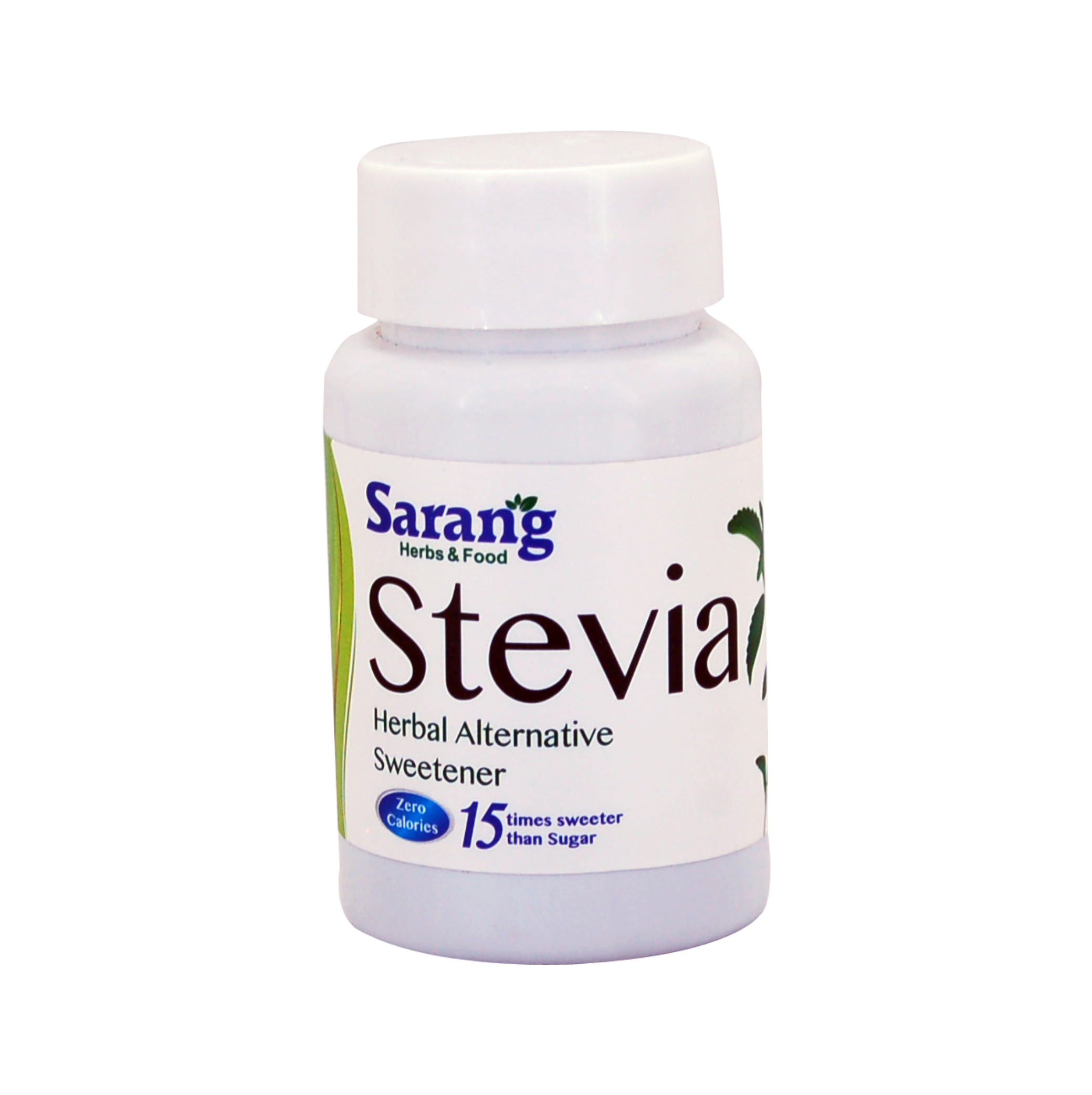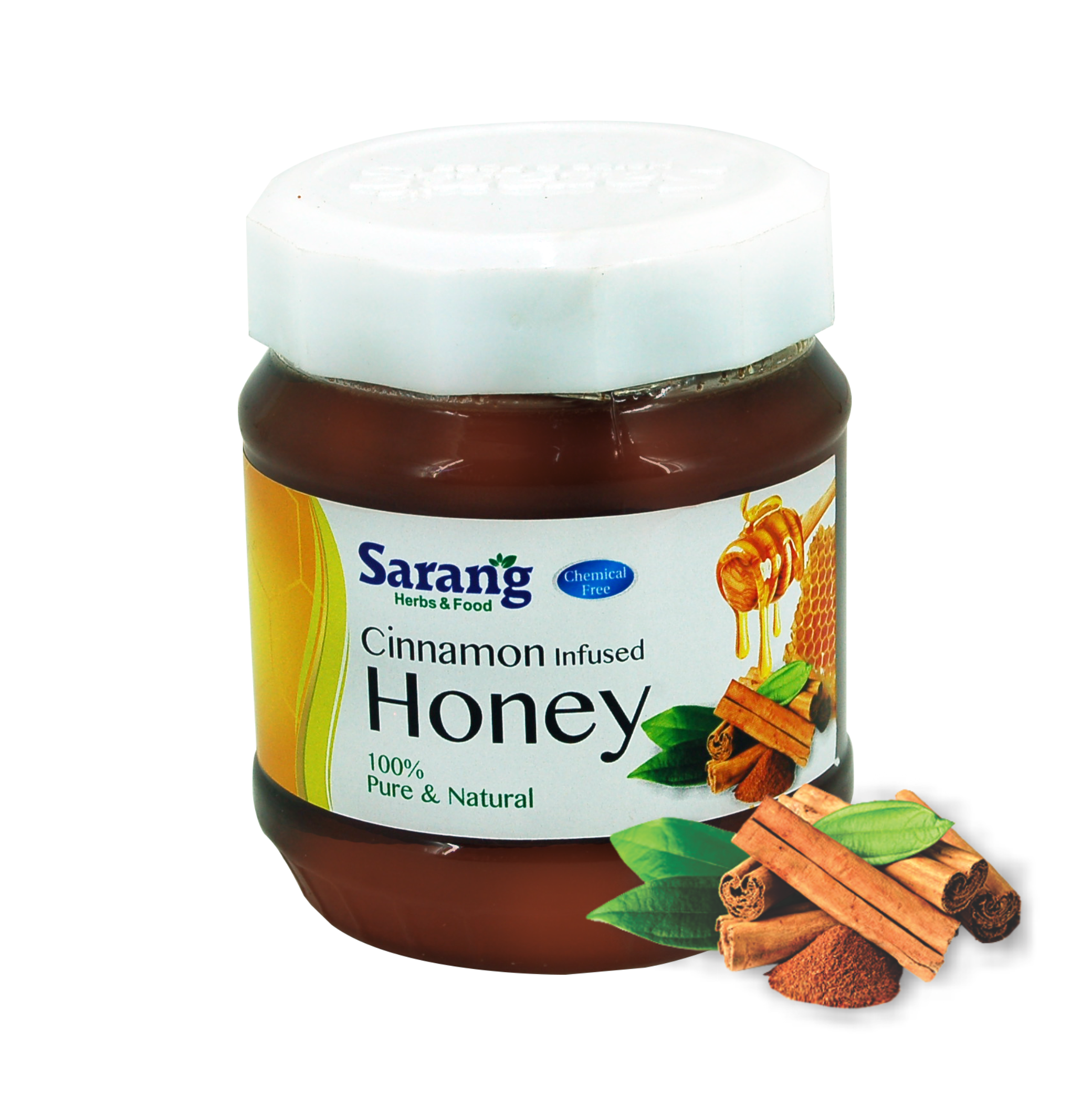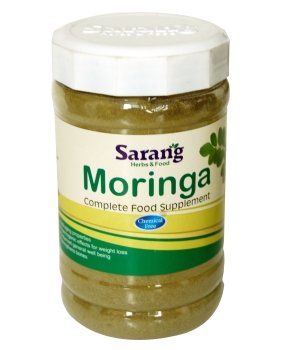Description
Kalonji (Nigella sativa seeds)
A remedy for all diseases except Death (Prophet Muhammad PBUH)
Kalonji is the seeds of an annual flowering plant “Nigella sativa”. These humble but immensely powerful seeds are considered remedy/treatment for countless diseases and human health issues since time immemorial. The earliest record of its use and cultivation is from ancient Egypt dating back to approximately 3,300 years, the times of Pharaoh Tutankhamun. It looks like Onion seeds but has nothing to do with it. Both the plants are from different binomial Order/families. In fact, people use Onion seeds to adulterate Kalonji along with many other similar shaped/color seeds.
Kalonji is traditionally used to treat a number of human health issues, some of the uses are:
|
|
|
|
|
|
|
|
|
|
|
|
|
|
|
|
|
|
|
|
These are some of the indications where Kalonji is found an effective treatment.
The seeds of Nigella sativa are comprised of:
- An oil component (36-38%) which is mostly comprised of linoleic acid (50-60%), oleic (20-23.4%), dihomolinoleic acid (10%), palmitic acid (12.5%) and eicodadienoic acid (3%) with some other minor lipid constituents such as methylnonadeca-15,17-dienoate, pentyl hexadec-12-enoate, and pentyl pentadec-11-enoate
- An essential oil component (0.4-2.5% and a subset of the oil component)
- Protein at 20-23%
- Carbohydrates at 32-38%
- A moisture content of 4.64-6.5%
- A fiber content of 6.6-7.64%
- An ash content of 4.0-4.37%
While the seeds also contain the non-caloric components:
- Comferol (flavonoid) as diglucoside and digalactoside
- The isoquinoline alkaloids nigellicimine and its N-oxide
- Nigellidine and nigellicine as well as nigellidine-4-sulfite
- Nigellamines A1-A5 (A1 at 0.0096%, A2 at 0.0078%), B1-2 (0.0012% and 0.0036%, respectively), and C (dolabellane type diterpenoids)
- Alpha-hederin
- β-sitosterol and stigmasterol as well as some other sterols
- Thiamin (Vitamin B1) at 831mg/100g dry weight
- Riboflavin (Vitamin B2) at 63mg/100g dry weight
- Pyridoxine (Vitamin B6) at 789mg/100g dry weight
- Niacin at 6,311mg/100g dry weight
- Folic acid at 42mg/100g dry weight
- Vitamin E (as tocopherols) at 340-361mg/100g dry weight
- Potassium (Lowest estimate at 7.6+/-0.42mg/100g or 0.6-1% dry weight, with higher estimates between 808-1,180mg/100g dry weight )
- Phosphorus (1.8+/-0.23mg/100g or 0.5-0.7% dry weight)
- Sodium (0.75+/-0.1mg/100g or 0.2-0.7%, with higher estimates of 17.6-85.3mg/100g dry weight)
- Iron (Reported as low as 0.1-0.7% dry weight with highly variable estimates ranging between 0.15-57.5mg/100g dry weight)
- zinc (0.06+/-0.015mg/100g or 0.01-0.1% dry weight)
- Copper (0.02-0.03% dry weight)
- calcium (Low estimates at 0.04+/-0.008mg/100g yet higher estimates between 188-570mg/100g dry weight or 7.4-10.6% dry weight)
- magnesium (0.03+/-0.005mg/100g or 9.4-11.6%)
If an agriculture crop grown on the land that has not been used any chemical fertilizer or pesticide on it for at least last three years is called Organic. Our Kalonji is grown on our land near Lahore that has never been used any chemical fertilizer or pesticide.
Use as directed by your physician





